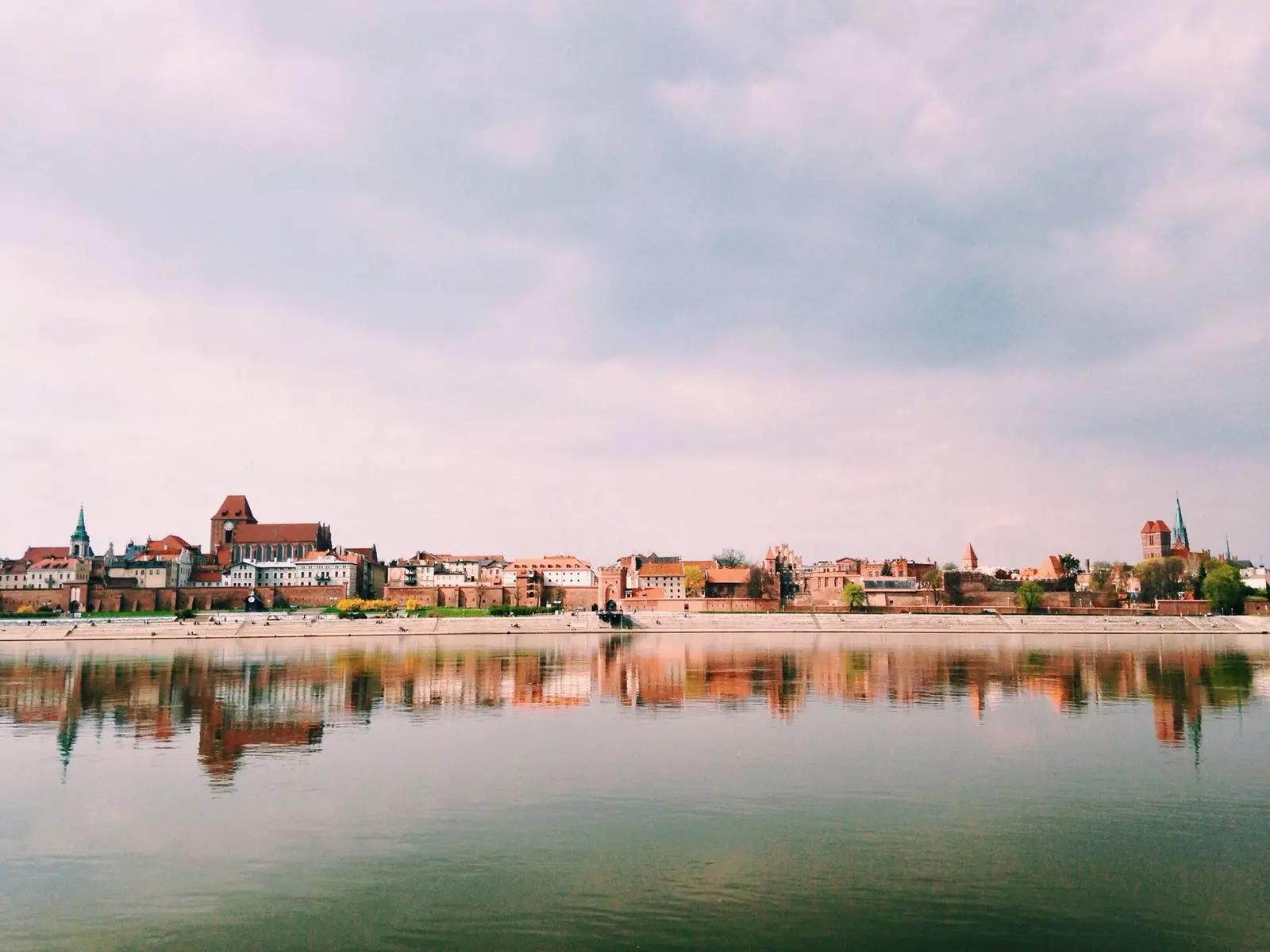
Torun the Polish city that is told with legends
From the other bank of a superb Vistula, Torun is exhibited in duplicate, its orange silhouette silhouetted against the blue sky and reflected at the same time in the calm water.
“All Authentic”, you will listen many times with a tone of pride. And it is that Torun is one of the few exceptions that breaks the inevitable urban planning rule of ** Poland , which was forced to rebuild many of its cities after the destruction caused during the Second World War.** On the other hand, in this town in the northwest of the country only two houses were affected by the conflict, dating the rest of the buildings from their original date.
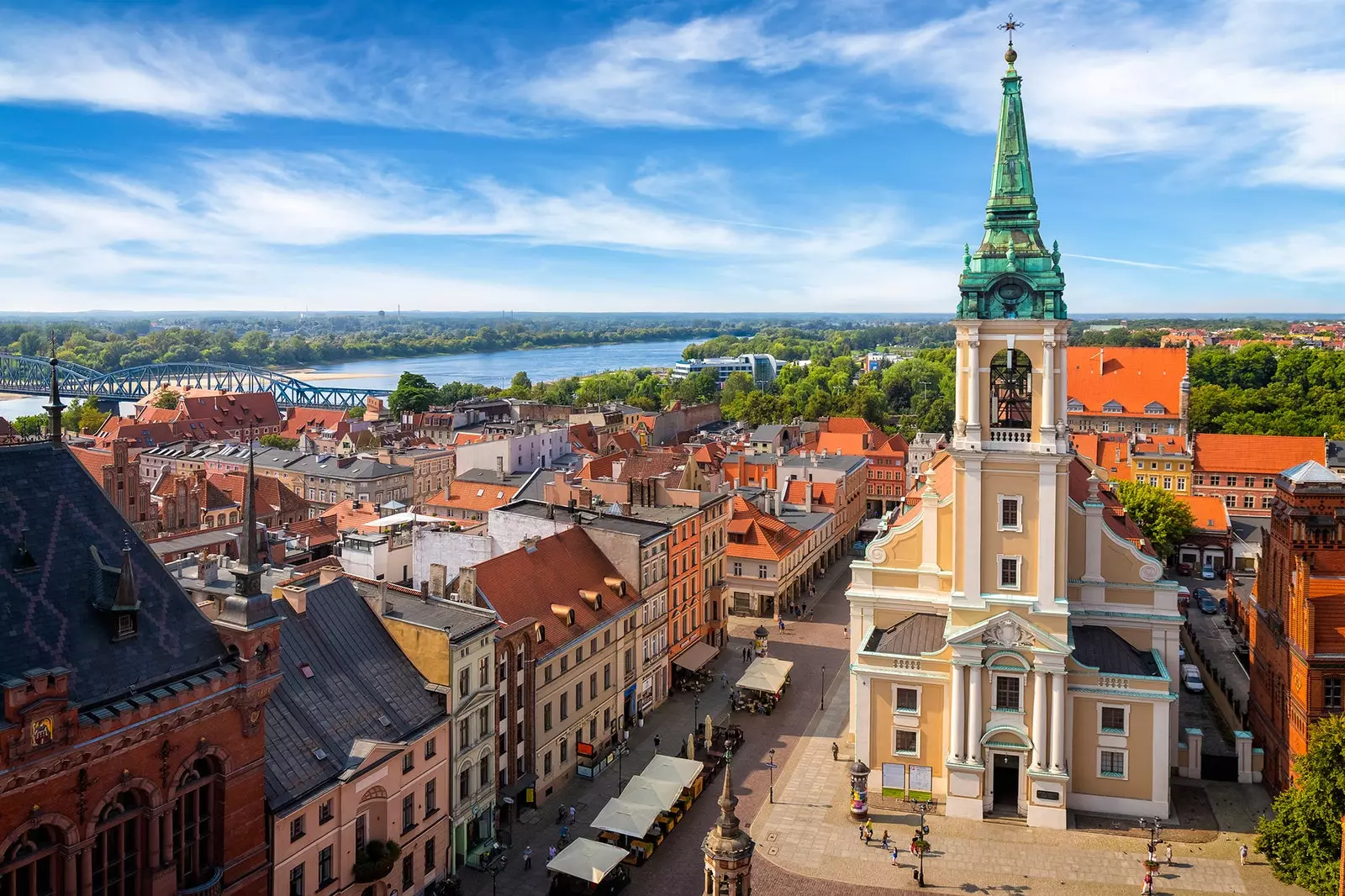
In Torun only two houses had to be rebuilt after the Second World War
It is not that Torun does not have a history, it is that it is a different history, which leaves aside the consequences of an omnipresent war in the narrative of the rest of the country, to recount its past through picturesque and numerous legends . Not in vain, here was born Nicolaus Copernicus. That desire to look beyond, towards the future, had to come from somewhere, right?
In this city of 260,000 inhabitants there is a feeling of lightness, like a feeling that life flows. Perhaps it is simply that we are on vacation, that it is sunny and that smiling people seem to let themselves go and not get complicated. Happy eccentricities that will make you want to know them more and more. As if his capacity to surprise were infinite. And it is.
Torun combines two cities in one, the Old and the New. The first began to see the light mid 13th century , when the Teutonic Order built his castle in this area. Half a century later, the creation of the second and in the middle of the fifteenth both were united.
During all this time, Torun was gaining in name and in investments, by becoming an important commercial pole thanks especially to its location on the banks of the river. Hence, today you can appreciate the imposing buildings dating from that era and that they are responsible for their medieval city was declared a World Heritage Site in 1997.
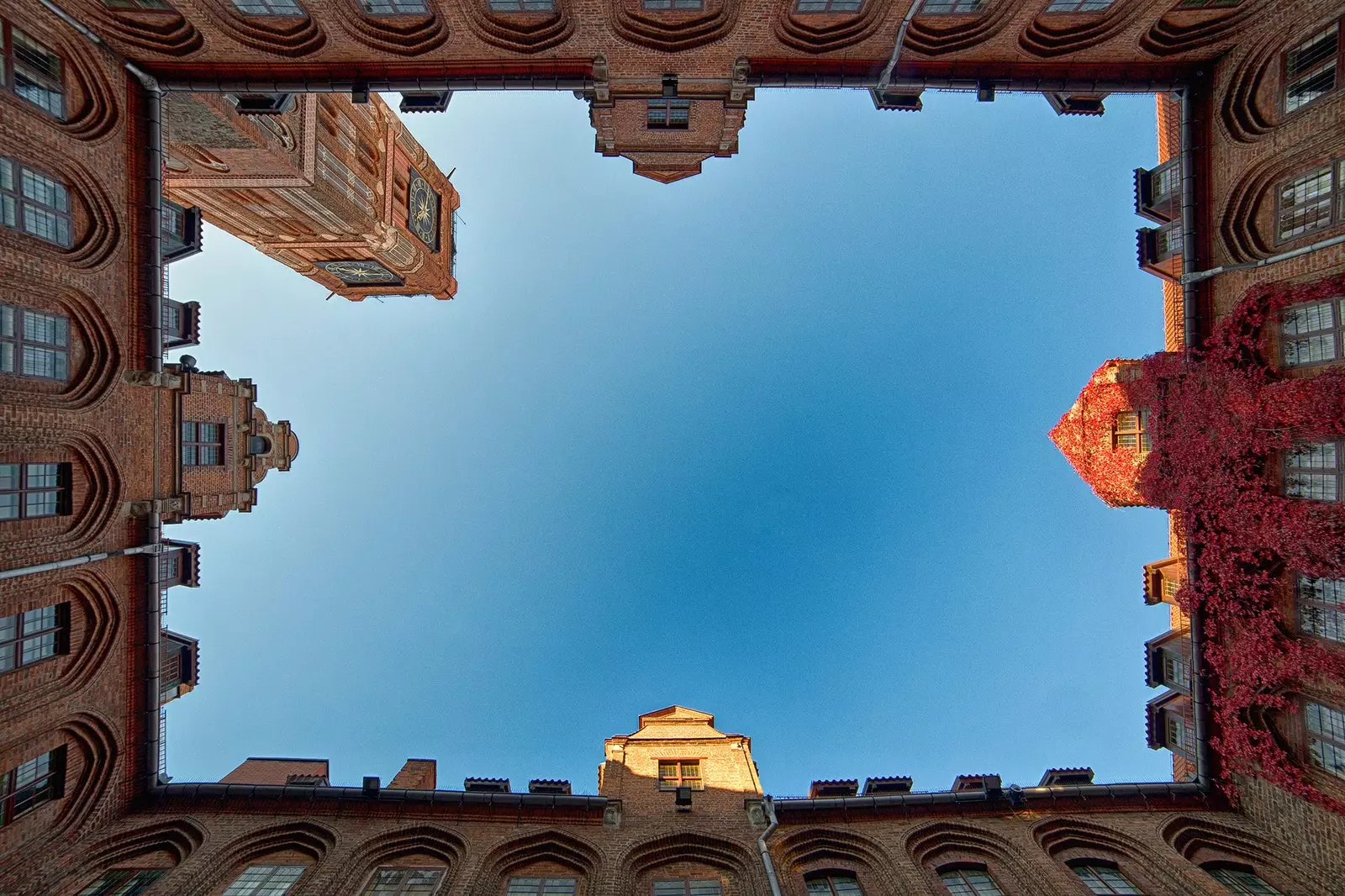
A town hall-calendar
This is the case of its multifaceted town hall. Built in the 14th century, legend has it that It also served as a calendar. Thus, its four towers represent the seasons of the year; the 12 large rooms, the months; the 52 small ones, the weeks; They assure that between all of them they add up to 365 windows and that, of course, the year is the great tower, the one that measures 40 meters and that after 200 steps gives the best views of the city.
At his feet, they compete for their share of prominence the frog fountain, a representation of the legend that tells how 200 years ago a violinist managed to rid the city of the plague of these amphibians that he suffered with his music; Y that of Copernicus, 2.5 meters of tribute raised 150 years ago and whose restoration five years ago revealed that the great astronomer had a mustache.
The author of the heliocentric theory of the solar system was born in Torun in 1473, at number 17 of what is now Calle Copernico. In this gothic merchant house and in the adjacent one (15), currently you can visit a museum that traces his life and work , although what is really interesting is being able to walk through the interior of what were the homes of the bourgeoisie back in the 15th century.
A few meters away, at the end of Calle Copernico, stands, robust, the reddish-brick building that is St. John's Gothic Cathedral, referring to San Juan Bautista and San Juan Evangelista, the two patron saints of the city.
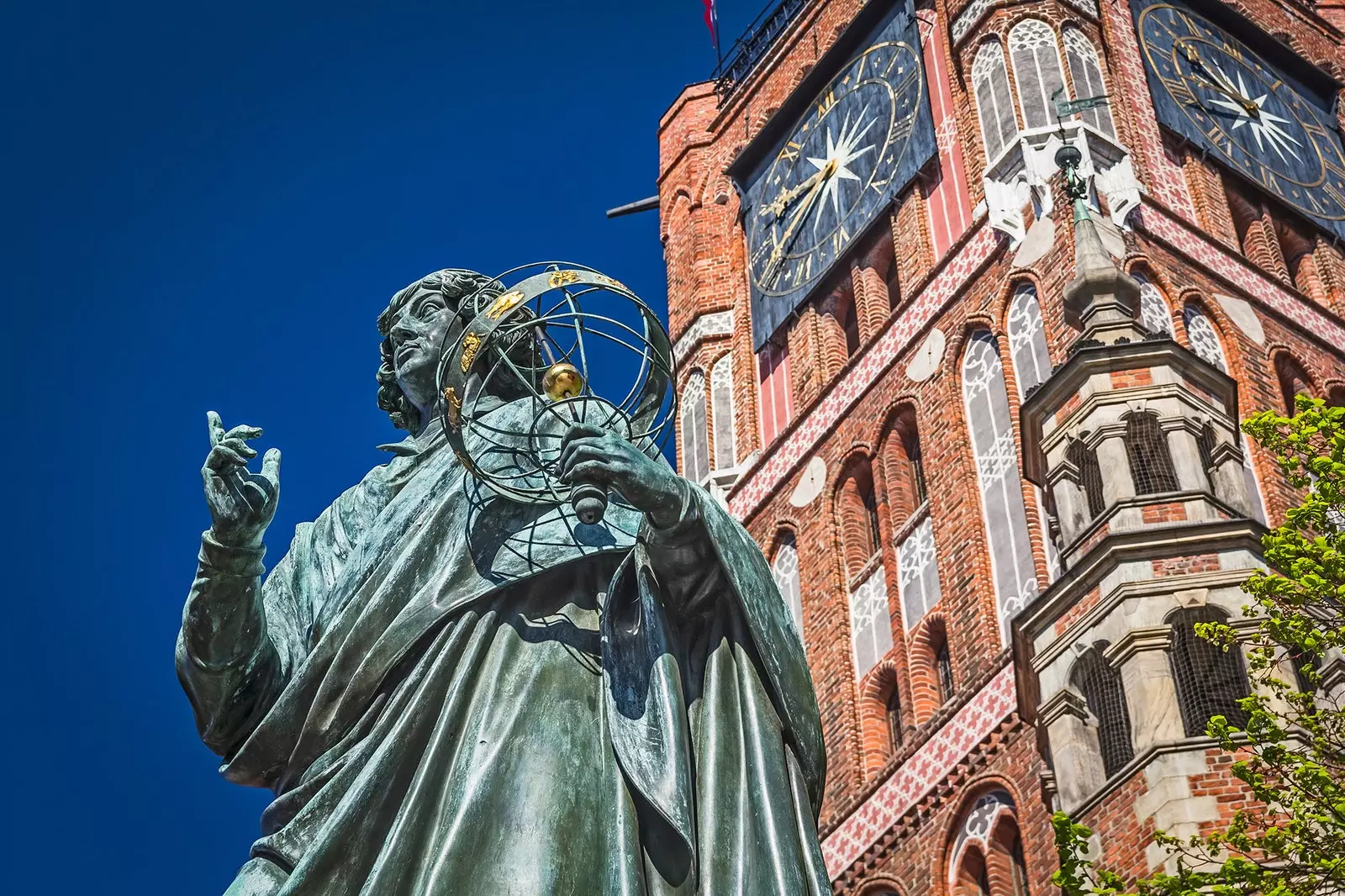
Copernicus
Copernicus was baptized in his baptismal font. As a curiosity, his bell is called Tuba De i (Trumpet of God), weighs seven tons and to climb it to the top of the 52-meter tower they had to build a kilometer-long ramp above the roofs of the houses. Some oxen were in charge of dragging it to its destination. We had already commented that the capacity to surprise in these parts seems infinite.
They will keep trying to tell you that its most famous and picturesque tower, the Leaning, It was built in the 14th century by a knight of the Teutonic Order who wanted, with it, symbolize how crooked his life was.
Today, visitors are challenged to manage to stay glued to their wall which progressively increases the inclination until reaching a 1.4 meter difference between the base and the highest point. If he succeeds, it means that his life is straightened out.
The reality is that it was built straight and that it was the instability of the clay soil that caused its change. The reality is also that he got up on the defensive line and only three walls leaving the one that connected with the city without a wall to facilitate the supply of ammunition to the soldiers in combat.
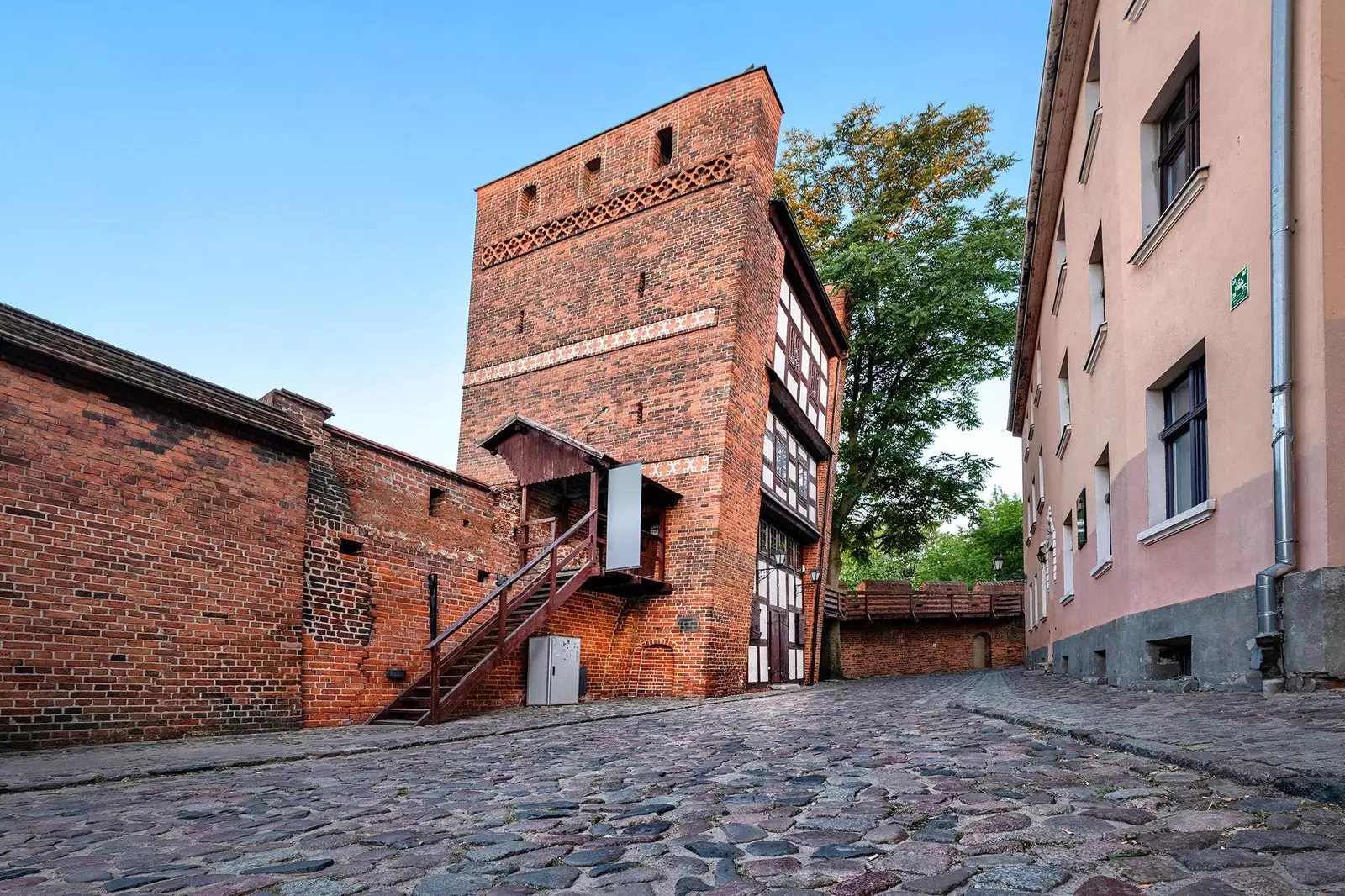
Can you stay glued to the wall?
Because Torun also lived through wars and, although they would probably have liked the dragon that two neighbors claimed to have seen in the spring of 1746 would have been a real creature that helped them defend themselves and not a legend that today is remembered with a sculpture, he had no choice but to protect yourself with the construction of solid walls, some of which have reached the present day.
To walk them is to go finding remains of others medieval towers and the occasional gate still standing, such as the one to the Bridge, which received this name because it was the place where the first bridge over the Vistula came from. Today, It still retains the marks that show the highest levels that the river has reached with its floods.
EITHER the door of the Holy Spirit , which led directly to the homonymous monastery, where it is said that the katarzynka, the mold in the shape of six coins that is used to make the most characteristic gingerbread cookies in the city.
The legend will beautifully dress the typical reality to tell the story of a young pastry chef and his crush Caterina. He wanted to give her a gingerbread cookie in the shape of two hearts and two rings, but By putting the dough very close, everything melted, creating the famous shape.

Ginger cookies
All this, however, is explained in more detail in the museum that Torun has dedicated to ginger, whom he worships since he appeared 650 years ago in the city, when he was a spicy flavor and spices from distant lands that were used to make it made it a food only suitable for the richest.
Here, moreover, You will learn to prepare it as it was done in the old way: dough, rolling pin and oven. Be careful, don't eat it, it's bitter enough to say enough. Instead, go outside, choose from the many shops that have the cookies for sale, and wander around Torun because This is how you really get to know a city that behaves as if its capacity to surprise were infinite.
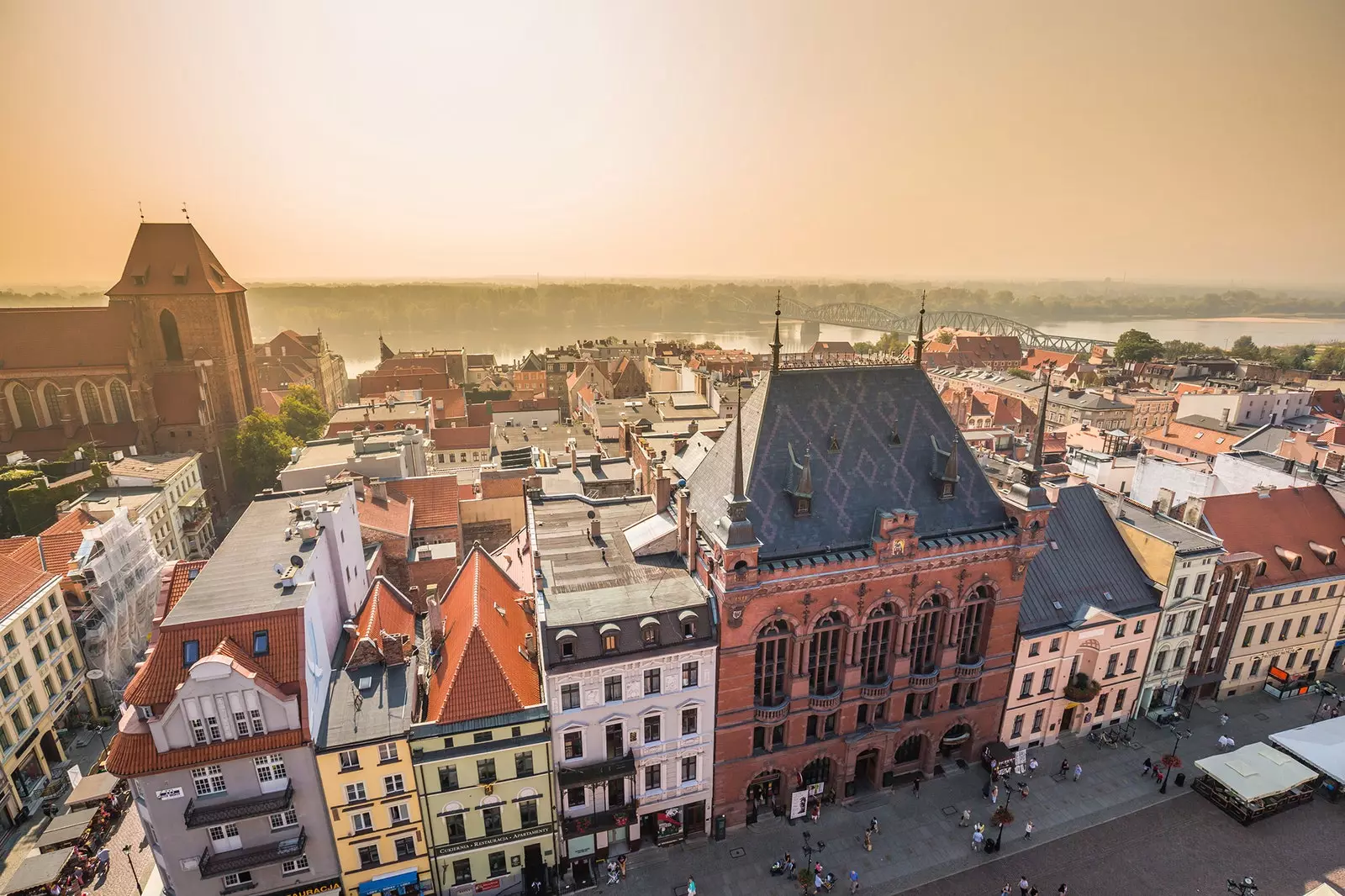
Torun and its infinite capacity to surprise you
